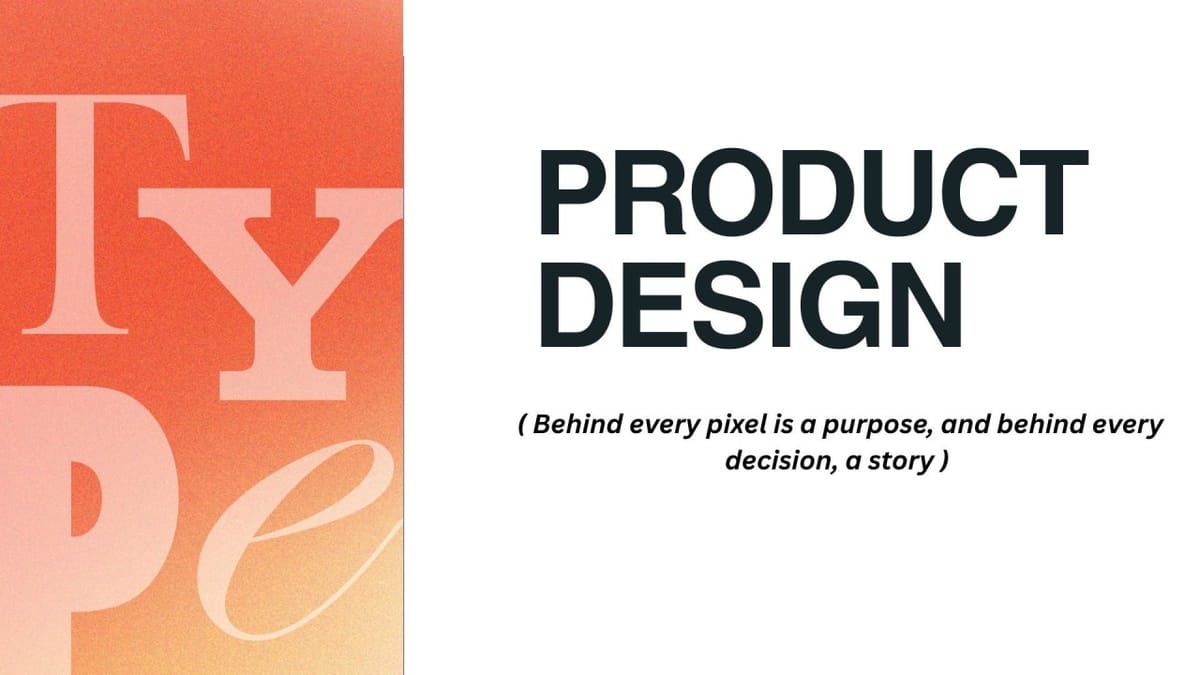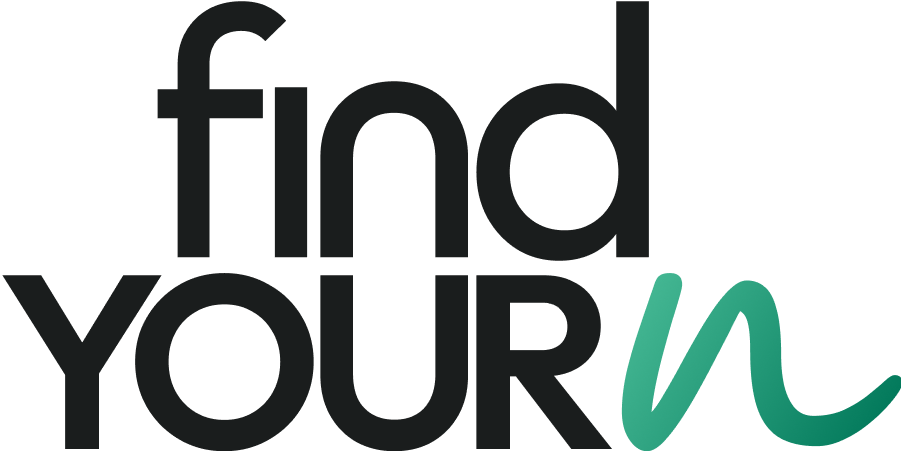Product Design: More Than Looks

When people think of product designers, they often imagine someone making things “look pretty.” But that barely scratches the surface. Today’s product design is multidisciplinary — it’s not just how it looks, but why it exists.
Designers aren’t just placing buttons; they’re shaping complete user journeys. From the first tap to long-term engagement, every detail contributes to how a product feels and functions. It’s all interconnected — user research, UX, UI, and visual design constantly influencing one another.
To design meaningful experiences, it all starts with understanding real users. That means diving into research, conducting interviews, and digging into behavior data — not just relying on hunches.
These insights become the foundation for design decisions. When solutions are grounded in actual user needs, they’re far more likely to be effective. Research isn’t a checkbox — it’s the backbone of thoughtful design.
Balancing User Needs with Business Goals
But product design doesn’t exist in a vacuum. It has to serve both users and the business. A single word on a button or the placement of a feature can impact conversions, retention, and revenue.
So designers constantly weigh: does this solution help the user and support business goals? That intersection is where truly impactful, strategic design happens.
Beyond functionality, design also communicates identity. Colors, typography, and micro-interactions reflect the brand’s values and tone. A rounded button might convey warmth and trust — especially important in industries like healthcare.
Every element contributes to the emotional layer of a product. It's not just about usability — it's about how the product feels to the user.
UI and Visuals: Clarity Over Flash
This is where UI and visual design come in — not just for aesthetics, but for clarity. A clean layout and thoughtful visual hierarchy guide users effortlessly through an experience.
It may look simple, but simplicity is hard-earned. The best interfaces feel intuitive because they’re built with intent, rooted in both logic and emotion.
Great product designers constantly observe how users interact with products. Where do they hesitate? Where do they drop off? Each behavior tells a story that can guide improvements.
And those insights don’t just stay in research docs — they shape design tweaks that directly influence business outcomes. Every design decision ties back to real impact.
Staying Ahead of the Curve
Of course, none of this happens in a static environment. Technology evolves fast, and so must designers. Whether it’s AI, voice interfaces, or new interaction patterns, staying curious is non-negotiable.
That little microphone icon in your search bar? It’s not just decoration — it reflects how users now interact with technology, shaped by ongoing research and shifting behaviors.
A Role That Wears Many Hats
So, is a product designer a generalist or a specialist? The truth is — a bit of both. You need range, but also depth.
Great designers are researchers, strategists, and storytellers all at once. They ask questions, stay adaptable, and most importantly — never lose sight of the people they’re designing for.
